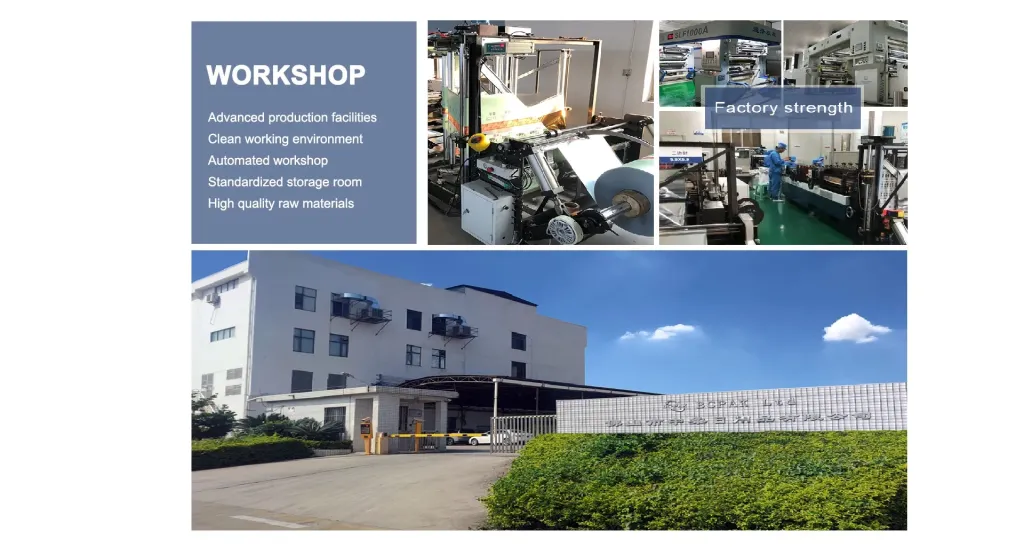Dated on Feb-16-2025


From an authority standpoint, adhering to industry standards and guidelines is non-negotiable. Standards such as the International Building Code (IBC) or those set by local authorities often dictate the specifications for handrail installations. Compliance ensures not only legal observance but also enhances the system's reliability and safety. As someone deeply entrenched in the construction field, I recommend rigorously vetting products for certification marks or indicators of compliance with these standards. This vetting process underscores the manufacturer's credibility and commitment to quality. Trust in a handrail system is built through performance over time. Regular inspections and maintenance checks are essential to uphold this trust. Early identification of any indication of wear or loosening can prevent potential accidents. A trusted supplier will often provide insights into maintenance best practices, a hallmark of their commitment to customer safety and satisfaction. Investing in a reliable supplier and installer not only provides peace of mind but also upholds the longevity and function of the handrail system. Innovations in flange design have introduced adjustable and articulating models that allow for precision alignment and ease of installation. These modern adaptations cater to various environmental demands, such as seismic activity areas where a flexible railing system can mitigate potential damage during ground movement. Understanding these innovations can enhance a project's adaptability, especially in challenging geographical locations. To summarize, the selection and installation of a handrail floor flange involve a multi-faceted approach, blending material science, engineering principles, and compliance with safety standards. This composite approach ensures that the final product not only performs its primary role of safety but also contributes to the structural and aesthetic aspirations of the project. Through firsthand experience, dedicated research, and continuous observation of industry trends, professionals can ensure that the handrail solutions they provide are robust, dependable, and aligned with the highest professional standards.
Post time: Feb-16-2025
Prev:
Next:
Related PRODUCTS









